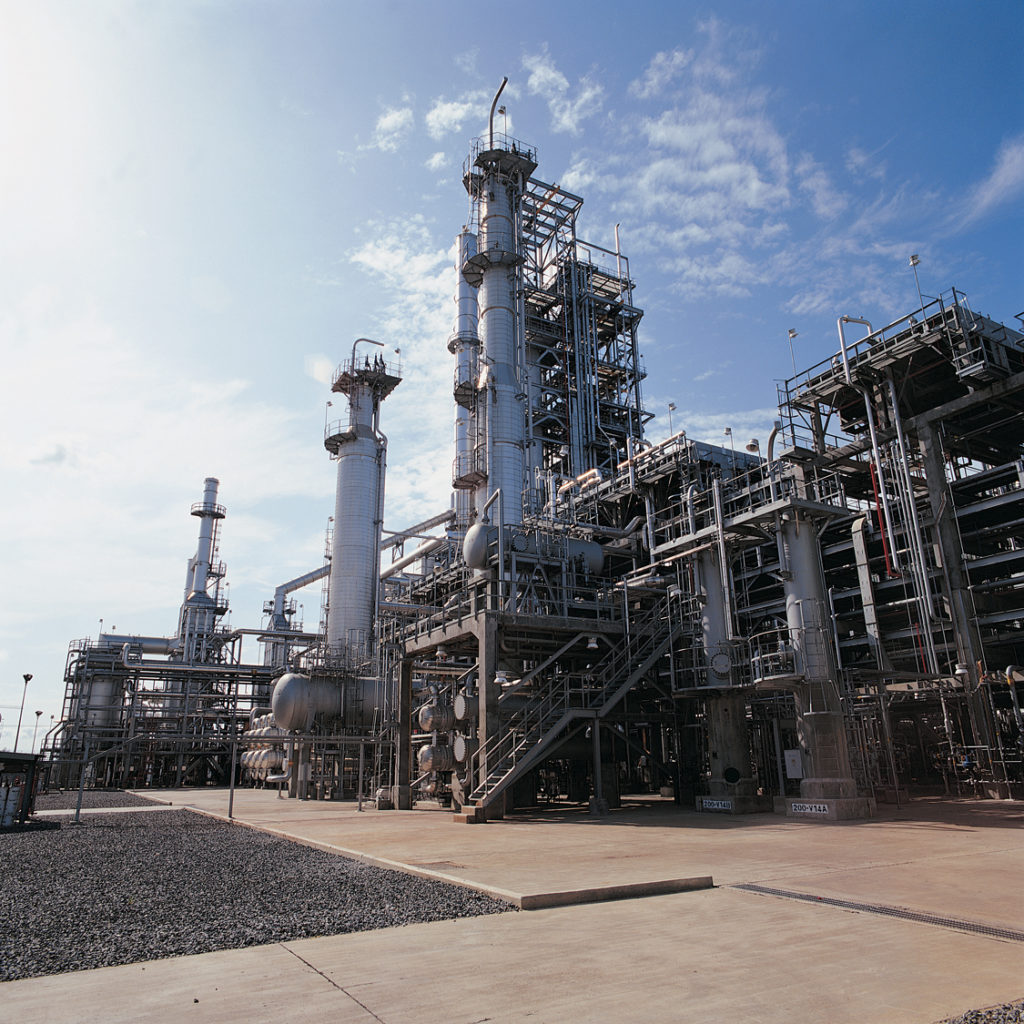Optimizing processing pathways for converting biomass into hydrocarbon biofuels is drawing investors back to the fuels sector of the refining business. Aside from first generation biofuels like ethanol and biodiesel, a new feed source for renewable diesel fuel is meeting growing demand. Biofuel mandates and subsidies for higher quality renewables also helps drive investment towards this market.
Unlike other biofuels, renewable diesel produced from hydroprocessed esters and fatty acids (HEFA) feedstock is nearly indistinguishable from their petroleum counterparts. However, the lack of sufficient HEFA feedstocks could hinder conversion of hydrotreaters to biodiesel production. In addition, too many exothermic reactions may accompany the use of HEFA’s, predicating high hydrogen consumption.
Vegetable oil may contain high amounts of free fatty acids, which can cause severe corrosion in pipes, heat exchangers, reactors, and other process equipment. Chlorine-based contaminants present in the feedstock will be converted into hydrogen chloride (HCl) in the hydrotreating reactor, which can cause corrosion in both the reactor effluent stream and the sour water stream.
For these challenges, catalyst technology suppliers such as Topsoe have developed guard catalysts to handle contaminants in HEFA and ensure full cycle length. HEFA, also known as hydrotreated vegetable oil (HVO), is an attractive alternative fuel. According to the Swedish Knowledge Centre for Renewable Fuels (better known as the F3 Centre), HVO is chemically equivalent to petroleum diesel and can be used in diesel engines with the required blend walls and modifications.
Honeywell UOP and Italy’s largest energy company, Eni, is producing renewable fuels at its refinery in Gela, Italy, using the Ecofining™ technology jointly developed by Eni and UOP. The process produces diesel with a cetane value of 80, substantially higher than the 40-to-60 cetane diesel commonly used in diesel engines today. As a result, this higher-cetane diesel fuel provides better engine performance with fewer emissions and can be blended with cheaper low-cetane diesel to meet transportation fuel standards.
The production of biofuels at the Gela and Venice refineries helps Eni meet the growing demand for alternative fuels in Europe. UOP provided technology licensing, basic engineering, specialty equipment, catalysts and training for the project in Gela, which has an annual production capacity of 750,000 tons of HVO biofuel per year.

In 2014, Eni also converted its refinery in Venice to biofuels, producing up to 360,000 tons per year of biofuels from used vegetable oils, used cooking oils and animal fats. In total, Eni currently converts about 25% of Italy’s recovered used cooking oil to biofuels, supporting European emissions regulations while improving utilization of existing refinery assets.
Venice was the first example in the world of conversion of a conventional refinery into a biorefinery. Ecofining technology also can be used to produce jet fuel that can be blended seamlessly with petroleum-based fuel. When used in up to a 50-percent blend with petroleum-based jet fuel, Honeywell Green Jet Fuel requires no changes to aircraft technology and meets all critical specifications for flight.







Leave a Reply
You must be logged in to post a comment.